MURILLO
Until December 2, 2018
MEADOWS MUSEUM
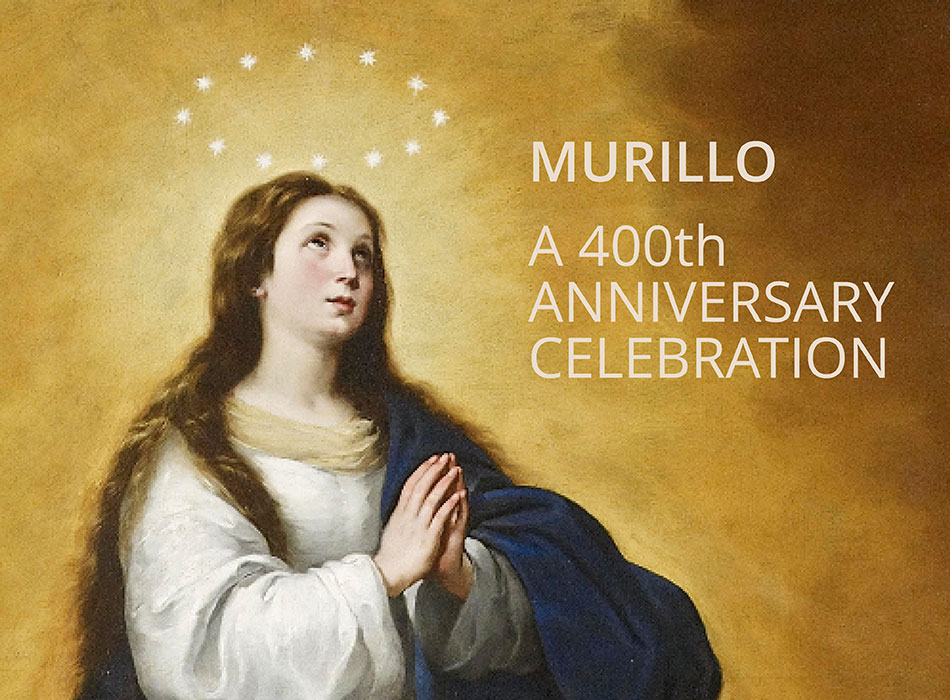 Bartolomé Esteban Murillo (Spanish, 1617-1682), The Immaculate Conception, 1655-60. Detail
Bartolomé Esteban Murillo (Spanish, 1617-1682), The Immaculate Conception, 1655-60. Detail
This exhibition celebrates Murillo by exhibiting
the extraordinary holdings at the Meadows together
with paintings by his Sevillian contemporaries
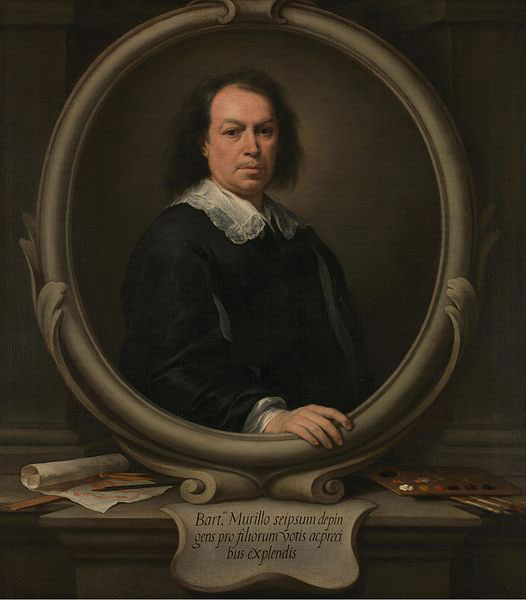
Bartolomé Esteban MURILLO
1617-1682
Was born at the end of December 1617. He was a Spanish painter of the Baroque era. Central personality of the Sevillian school, well known for his religious works, such as those presented in this exhibition at the Meadow Museum, Murillo also produced a large number of paintings on gender themes and contemporary figures such as women, children, florists and beggars.
These realistic paintings recorded the daily life of histime in an extensive and attractive way.
Murillo self-portrait
Oil on Canvas
Probably between 1668 and 1670
The National Gallery, London
Painter in a vibrant Seville
The exhibition presents Murillo’s singular treatment of religious subject matter within the context of the artistic center with which he remains so intimately associated. The Meadows Museum is in possession of five of this master painter’s works, more paintings by this artist than any other museum in the United States,
Early modern Seville was a city of contradictions. The sixteenth century witnessed an influx of goods and wealth from all parts of the Iberian world, including Italy, Flanders, and the Spanish American colonies. But over the course of the seventeenth century, Seville was beset by epidemics and natural disasters, crime and social unrest, wide-spread poverty, even hunger.
Even so, Seville enjoyed a dynamic cultural life, characterized by intellectual debate and intense religious devotion. It was home to a large and diverse population that crowded the streets alongside festivals and processionals. It was a city where, according to the famous author of Don Quixote, Miguel de Cervantes (1547-1616), one went looking for adventure.
Seville was where Murillo lived, and it was where Murillo died. Murillo rarely left the city during his lifetime, and over the course of his career, he became its shining star. In spite of these crises, Seville remained a prominent artistic capital; at the height of his career, Murillo enjoyed the most prestigious commissions that Seville had to offer, both from religious institutions and from private citizens.
A prolific painter
In total, Murillo produced over 400 works over the course of his life. His paintings were visible in major churches all over the city and in the homes of its wealthiest residents The most successful of these were his paintings of religious subjects executed with a gracefulness of expression and a softness of brushstroke that are now the most recognizable hallmarks of the painter’s artistic maturity. The paintings featured in this exhibition, including Murillo’s Immaculate Conception (1655-60), Saint Justa (c. 1665) and Saint Rufina (c. 1665), Christ on the Cross with the Virgin, Mary Magdalene, and Saint John (c. 1670), and Jacob Laying the Peeled Rods before the Flocks of Laban (c. 1665), are all exemplary of these qualities.
IMMACULATE CONCEPTION
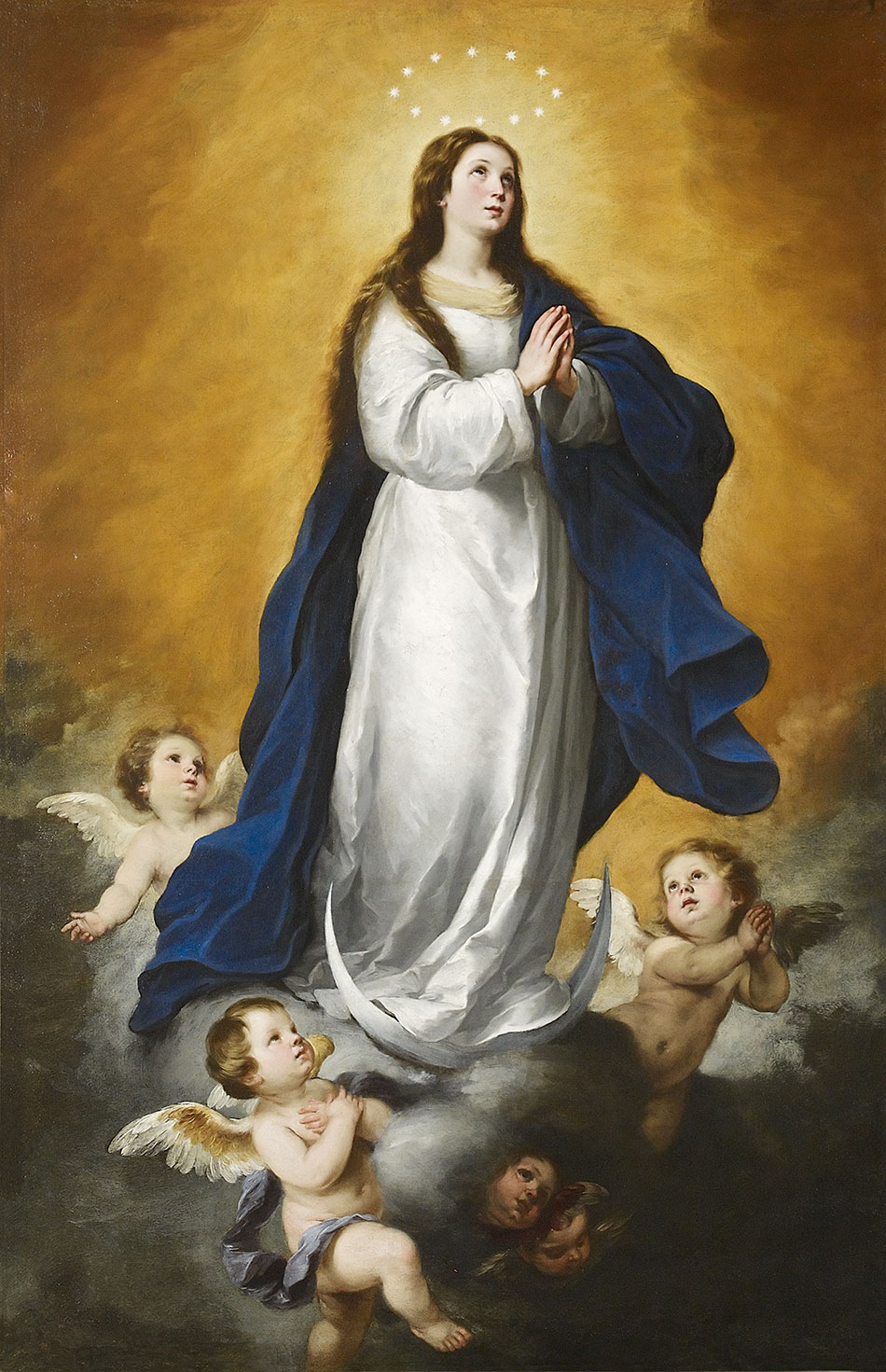 Bartolomé Esteban Murillo (Spanish, 1617-1682), The Immaculate Conception, 1655-60. Oil on canvas. Meadows Museum, SMU, Dallas. Algur H. Meadows Collection, MM.68.24. Photo by Michael Bodycomb.
Bartolomé Esteban Murillo (Spanish, 1617-1682), The Immaculate Conception, 1655-60. Oil on canvas. Meadows Museum, SMU, Dallas. Algur H. Meadows Collection, MM.68.24. Photo by Michael Bodycomb.
DETAIL OF IMMACULATE CONCEPTION
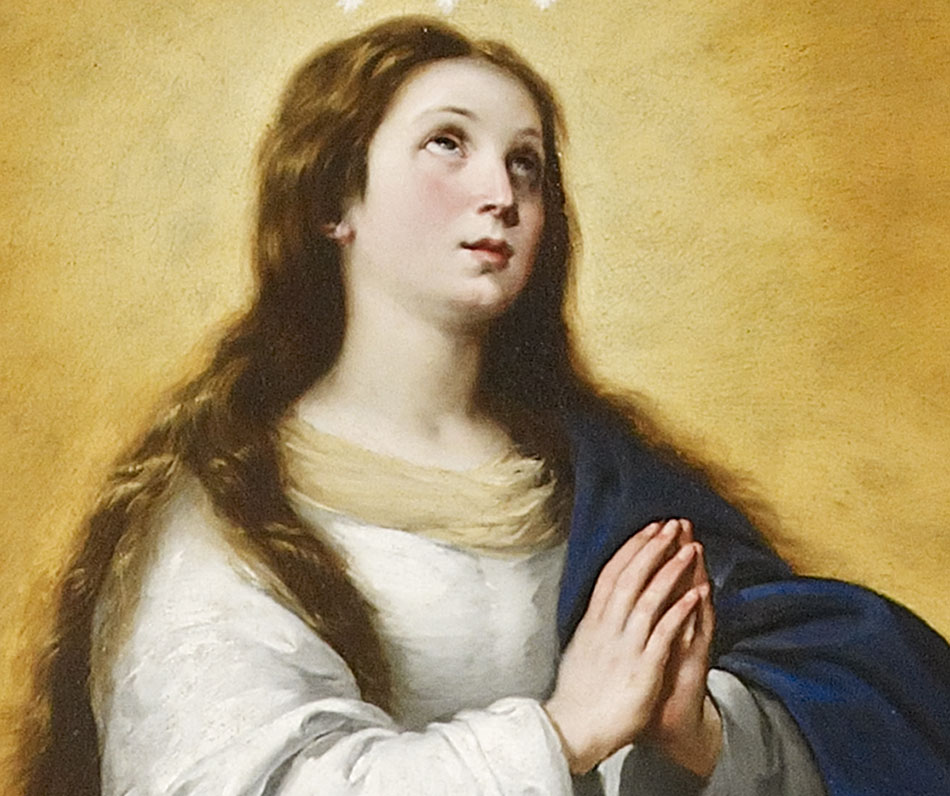
DETAIL OF IMMACULATE CONCEPTION
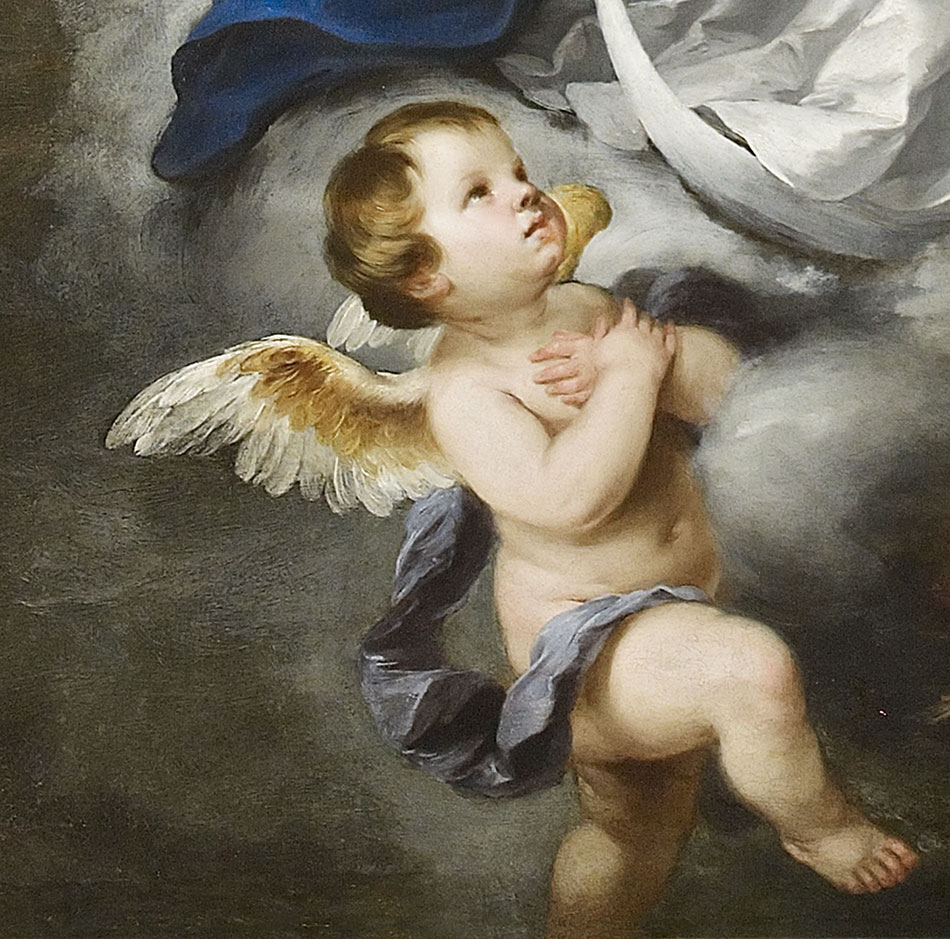
CHRIST ON THE CROSS WITH THE VIRGIN, MARY MAGDALEN, AND SAINT JOHN
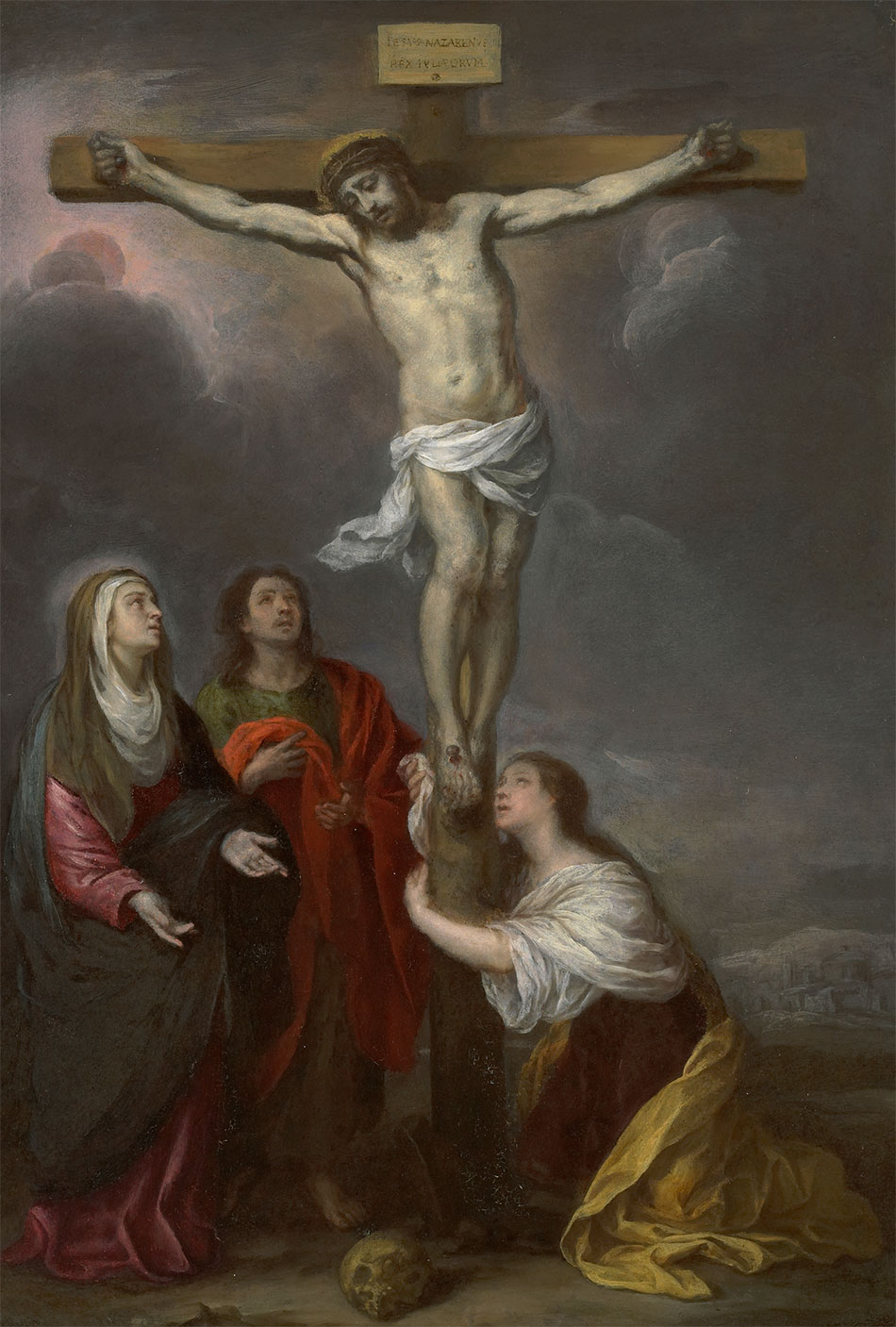 Bartolomé Esteban Murillo (Spanish, 1617-1682), Christ on the Chross with the Virgin, Mary Magdalen, and Saint John, c. 1670. Oil on copper. Meadows Museum, SMU, Dallas. Algur H. Meadows Collection, MM.67.11. Photo by Michael Bodycomb.
Bartolomé Esteban Murillo (Spanish, 1617-1682), Christ on the Chross with the Virgin, Mary Magdalen, and Saint John, c. 1670. Oil on copper. Meadows Museum, SMU, Dallas. Algur H. Meadows Collection, MM.67.11. Photo by Michael Bodycomb.
DETAIL OF CHRIST ON THE CROSS WITH THE VIRGIN, MARY MAGDALEN, AND SAINT JOHN
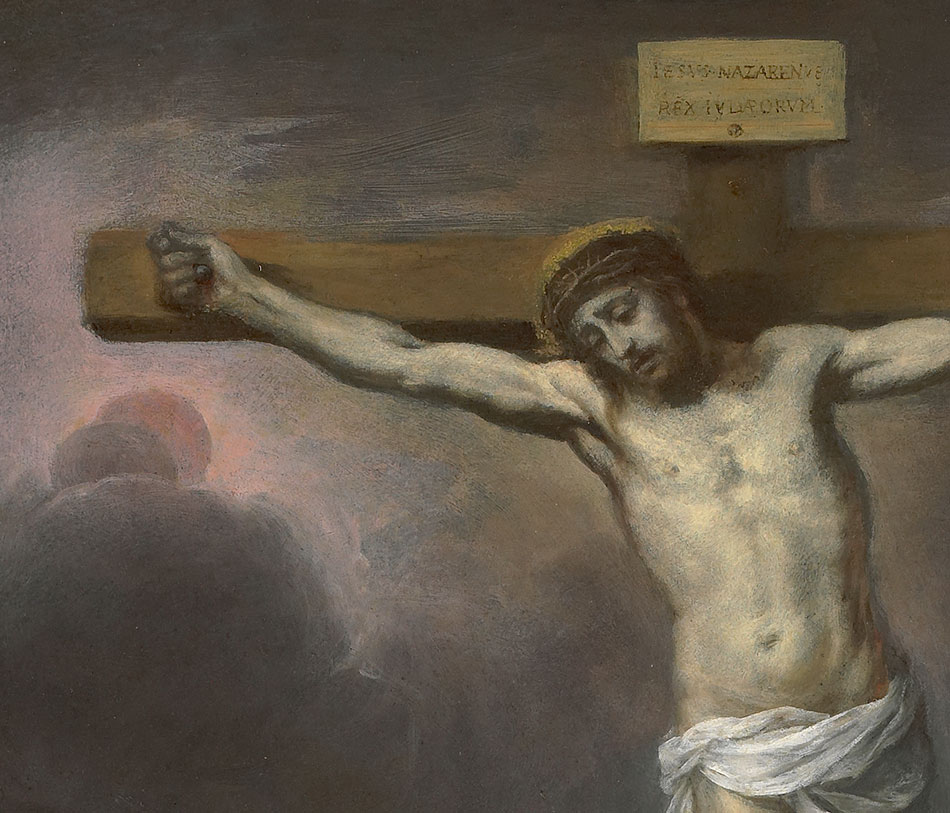
DETAIL OF CHRIST ON THE CROSS WITH THE VIRGIN, MARY MAGDALEN, AND SAINT JOHN
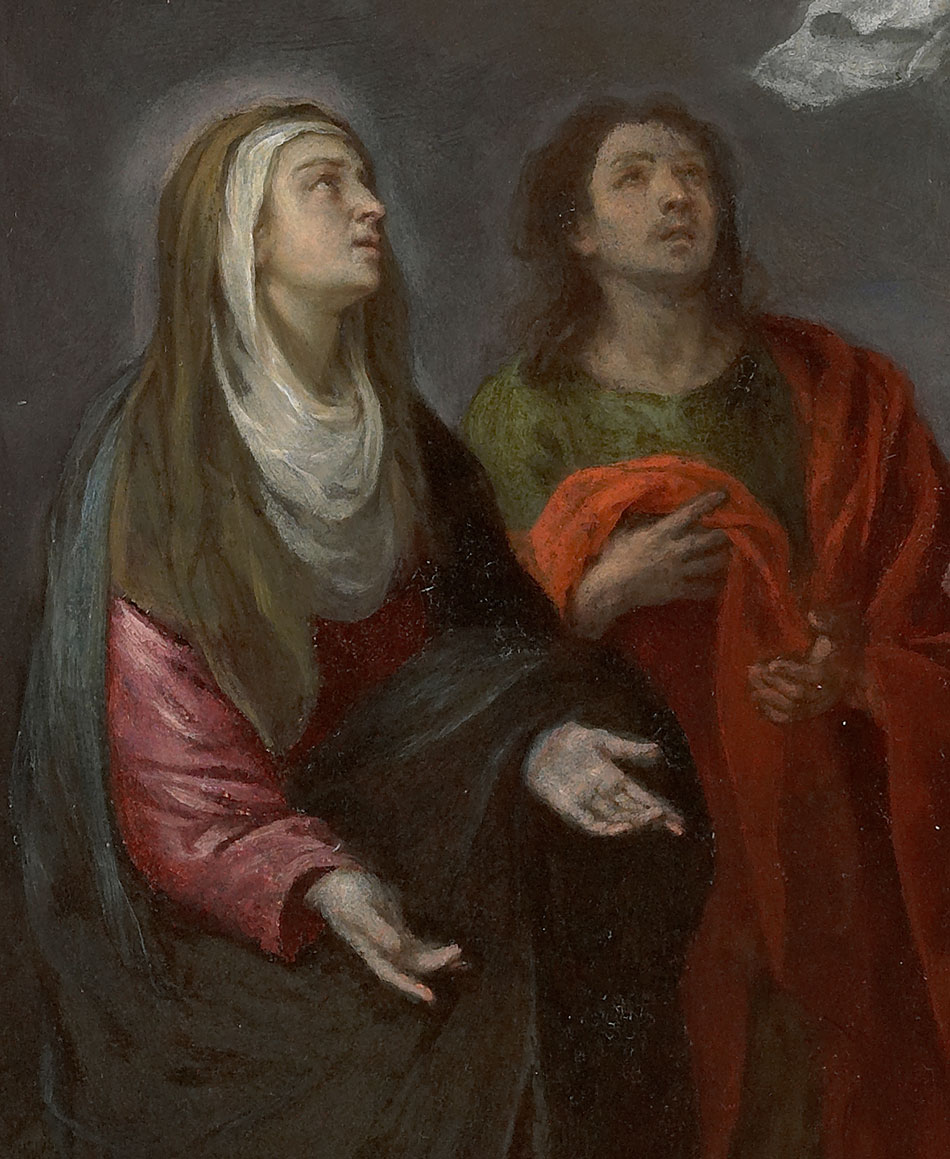
SAINT JUSTA
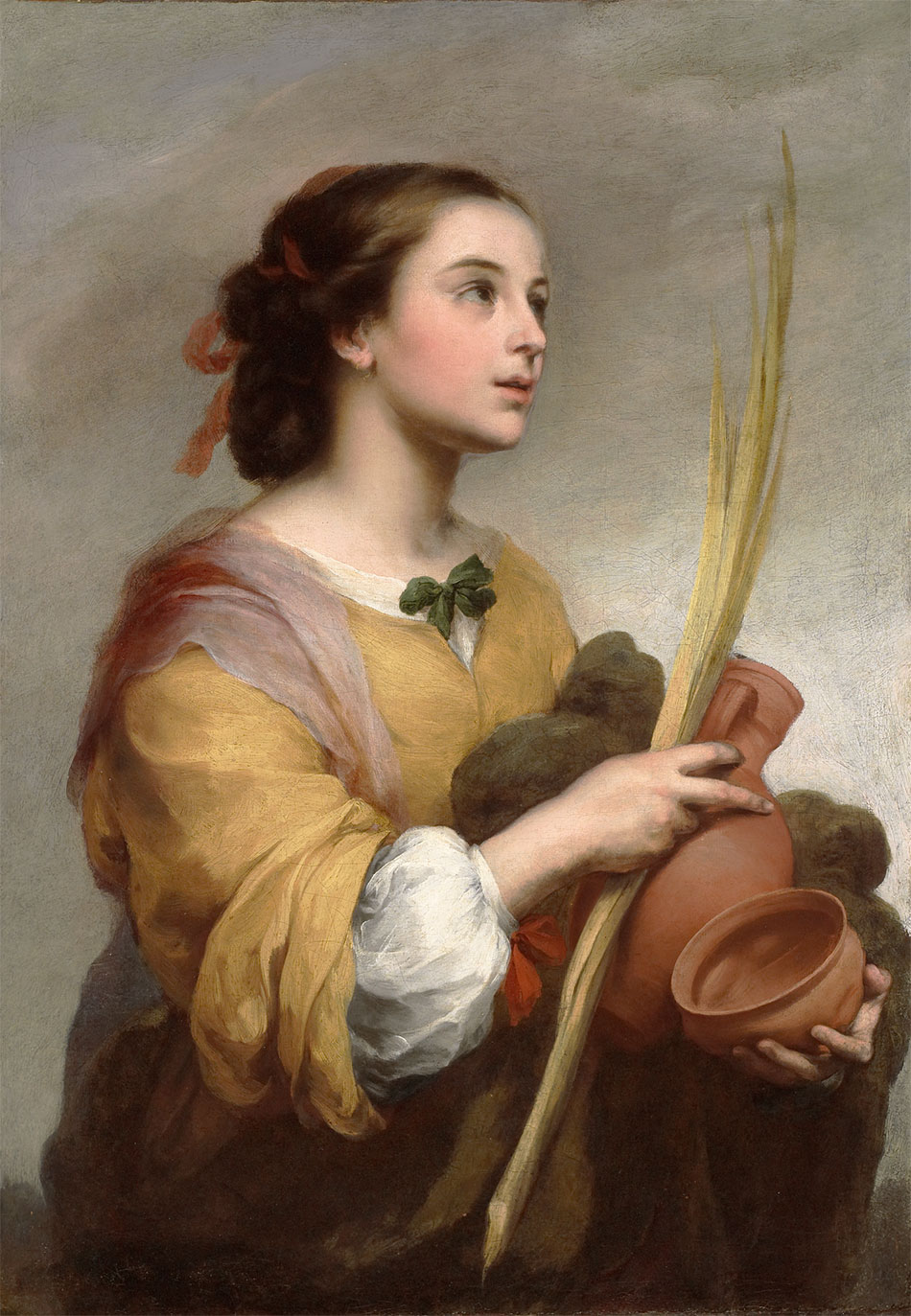
Bartolomé Esteban Murillo (Spanish, 1617-1682), Saint Justa, c. 1665. Oil on canvas. Meadows Museum, SMU, Dallas. Algur H. Meadows Collection, MM.72.04. Photo by Michael Bodycomb.
DETAIL OF SAINT JUSTA
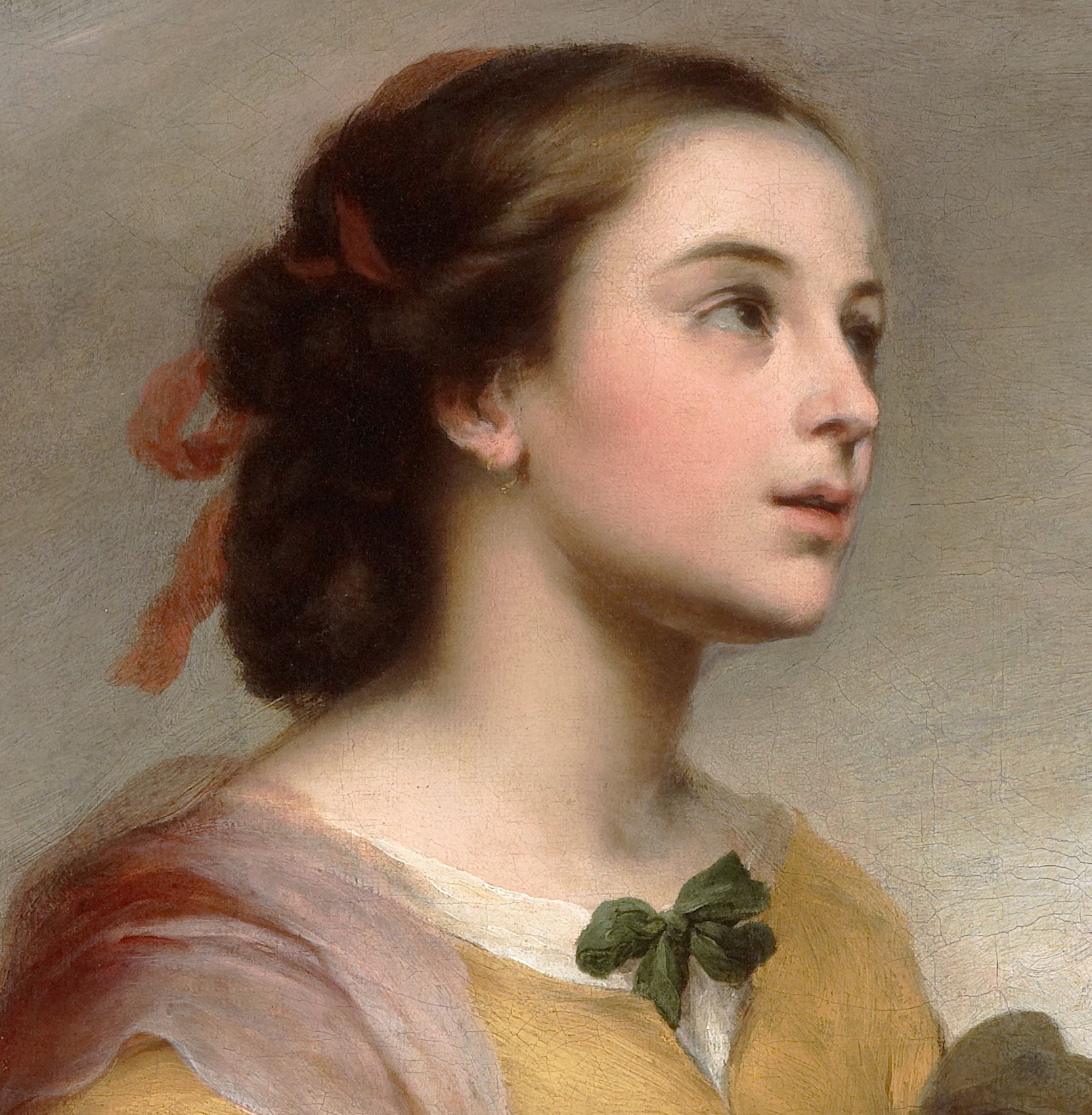
SAINT RUFINA
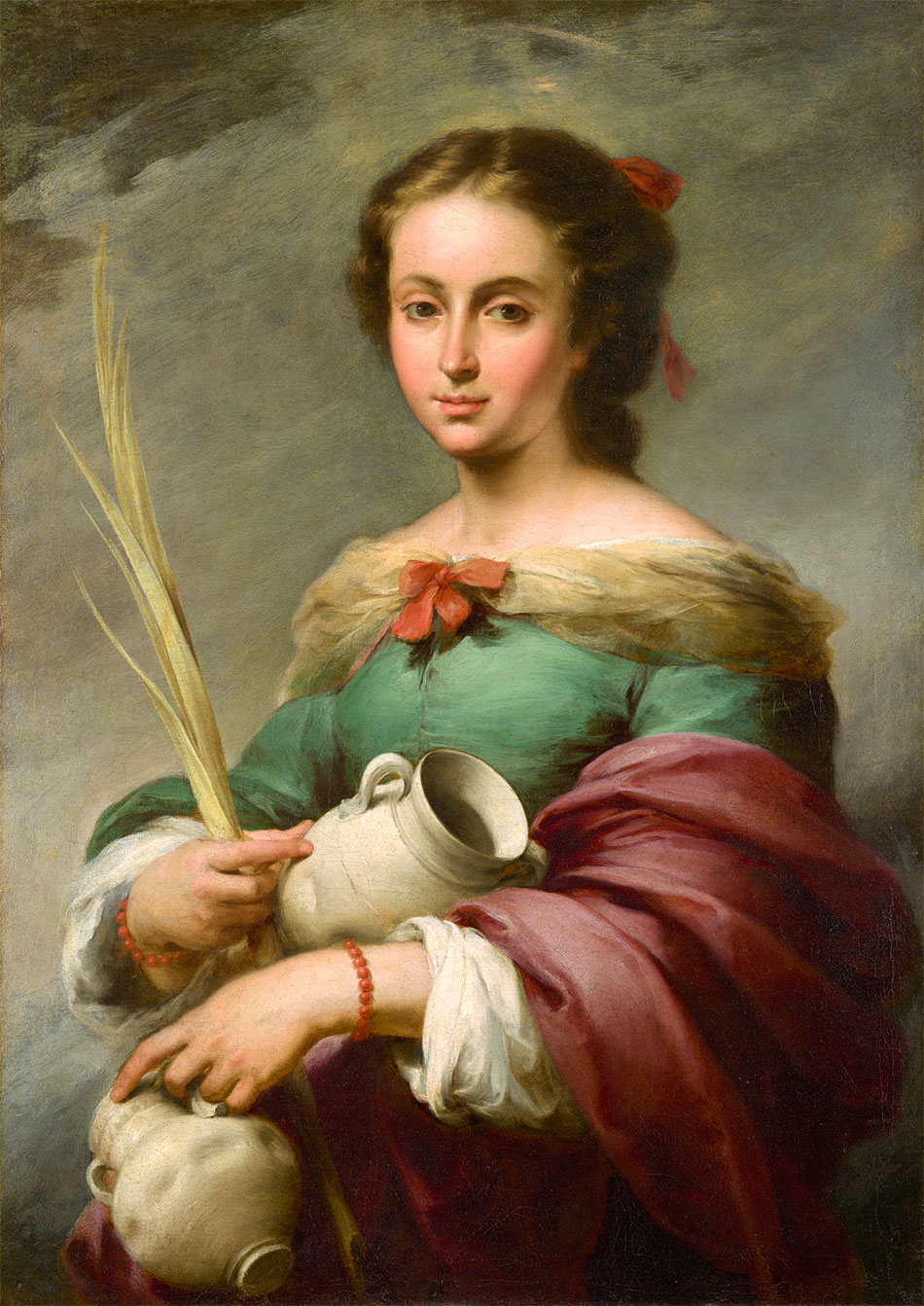 Bartolomé Esteban Murillo (Spanish, 1617-1682), Saint Rufina, c. 1665. Oil on canvas. Meadows Museum, SMU, Dallas. Algur H. Meadows Collection, MM.72.05. Photo by Brad Flowers.
Bartolomé Esteban Murillo (Spanish, 1617-1682), Saint Rufina, c. 1665. Oil on canvas. Meadows Museum, SMU, Dallas. Algur H. Meadows Collection, MM.72.05. Photo by Brad Flowers.
DETAIL OF SAINT RUFINA
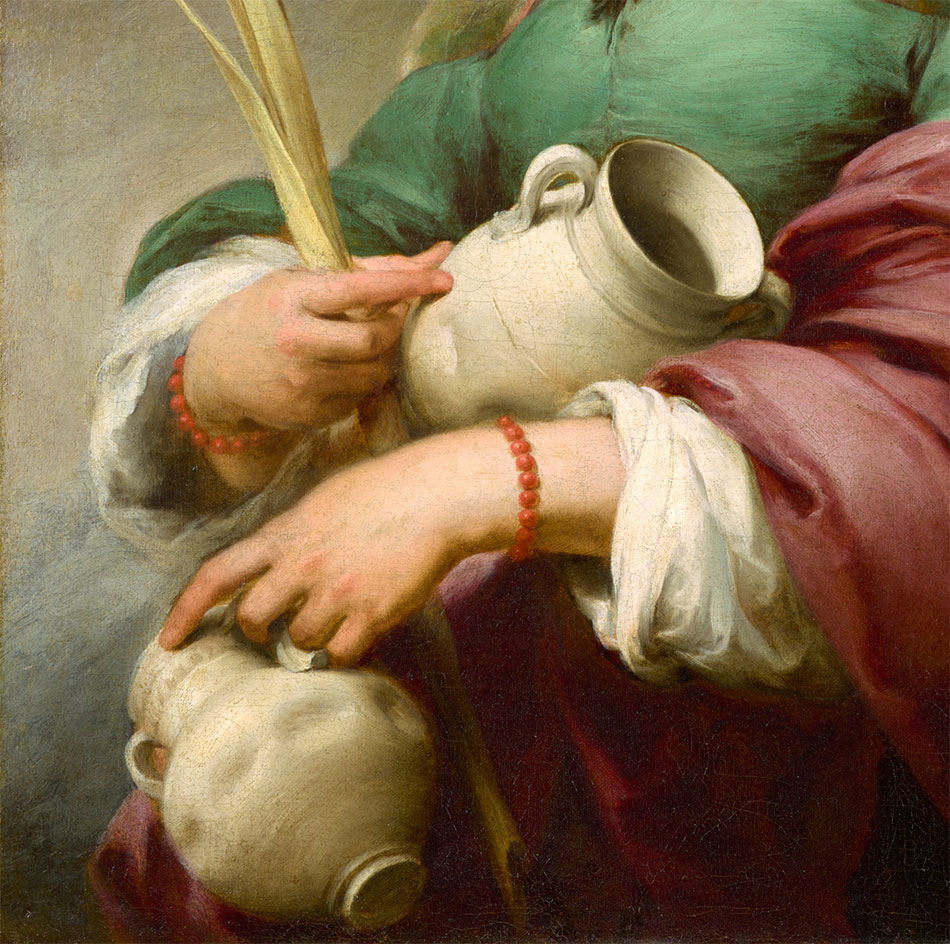
JACOB LAYING THE PEELED RODS BEFORE THE FLOCKS OF LABAN
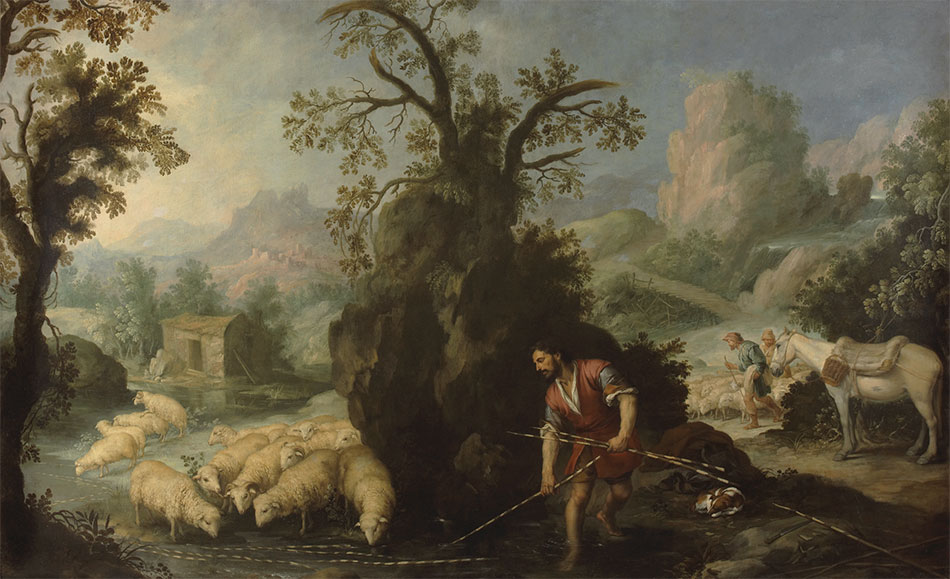 Bartolomé Esteban Murillo (Spanish, 1617-1682), Jacob Laying the Peeled Rods before the Flocks of Laban, c. 1665. Oil on canvas. Meadows Museum, SMU, Dallas. Algur H. Meadows Collection, MM.67.27. Photo by Michael Bodycomb.
Bartolomé Esteban Murillo (Spanish, 1617-1682), Jacob Laying the Peeled Rods before the Flocks of Laban, c. 1665. Oil on canvas. Meadows Museum, SMU, Dallas. Algur H. Meadows Collection, MM.67.27. Photo by Michael Bodycomb.
DETAIL OF JACOB LAYING THE PEELED RODS BEFORE THE FLOCKS OF LABAN
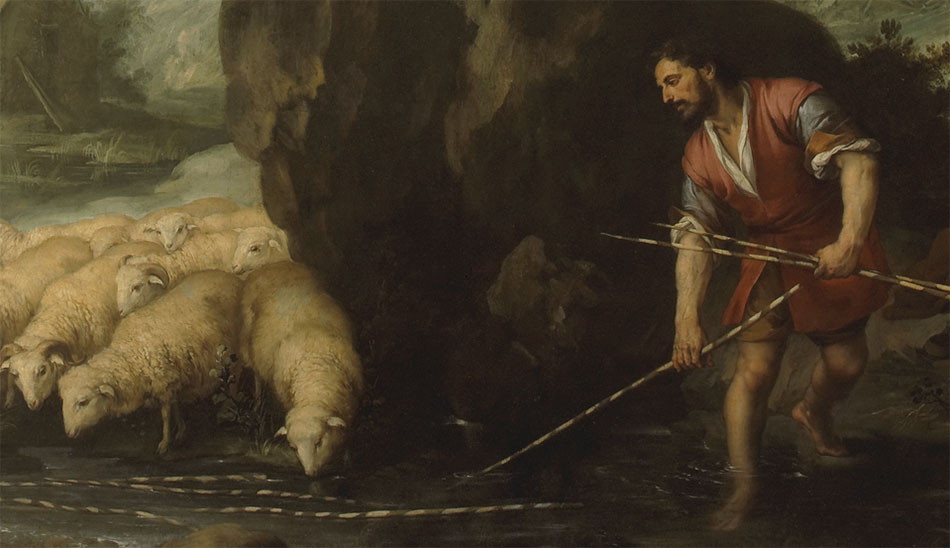
Shown with other masters of his time
These paintings hang together in a single gallery alongside comparable works by other Sevillian masters, works that throw into still sharper relief Murillo’s distinctive approach to his chosen art form.
Every one of these paintings dates to the museum’s founding collection, assembled by Algur H. Meadows himself.
Diego Rodríguez de Silva y Velázquez
PORTRAIT OF KING PHILIP IV
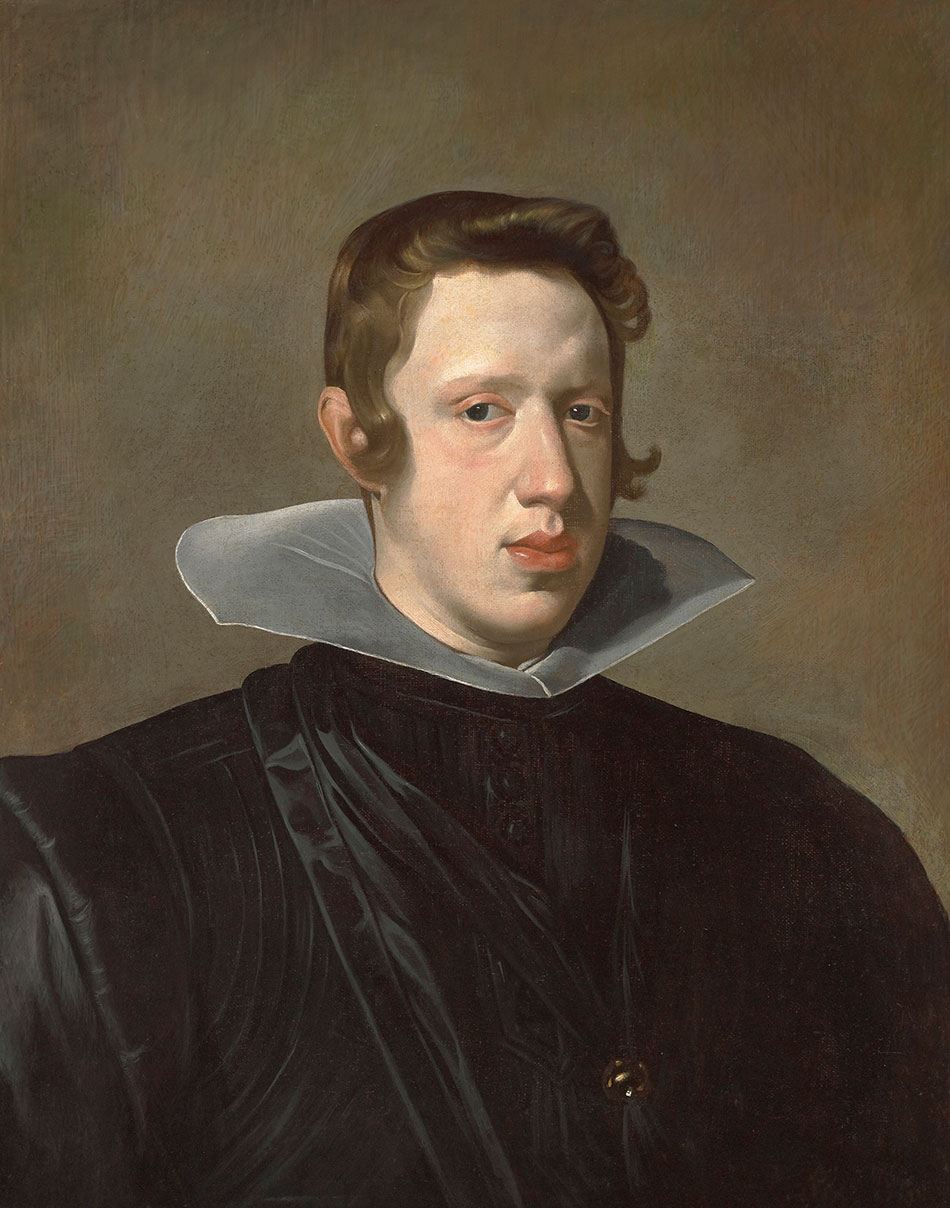 Diego Rodríguez de Silva y Velázquez, (Spanish, 1599-1660), Portrait of King Philip IV, c. 1623-24. Oil on canvas. Meadows Museum, SMU, Dallas. Algur H. Meadows Collection, MM.67.23. Photo by Michael Bodycomb.
Diego Rodríguez de Silva y Velázquez, (Spanish, 1599-1660), Portrait of King Philip IV, c. 1623-24. Oil on canvas. Meadows Museum, SMU, Dallas. Algur H. Meadows Collection, MM.67.23. Photo by Michael Bodycomb.
DETAIL OF PORTRAIT OF KING PHILIP IV
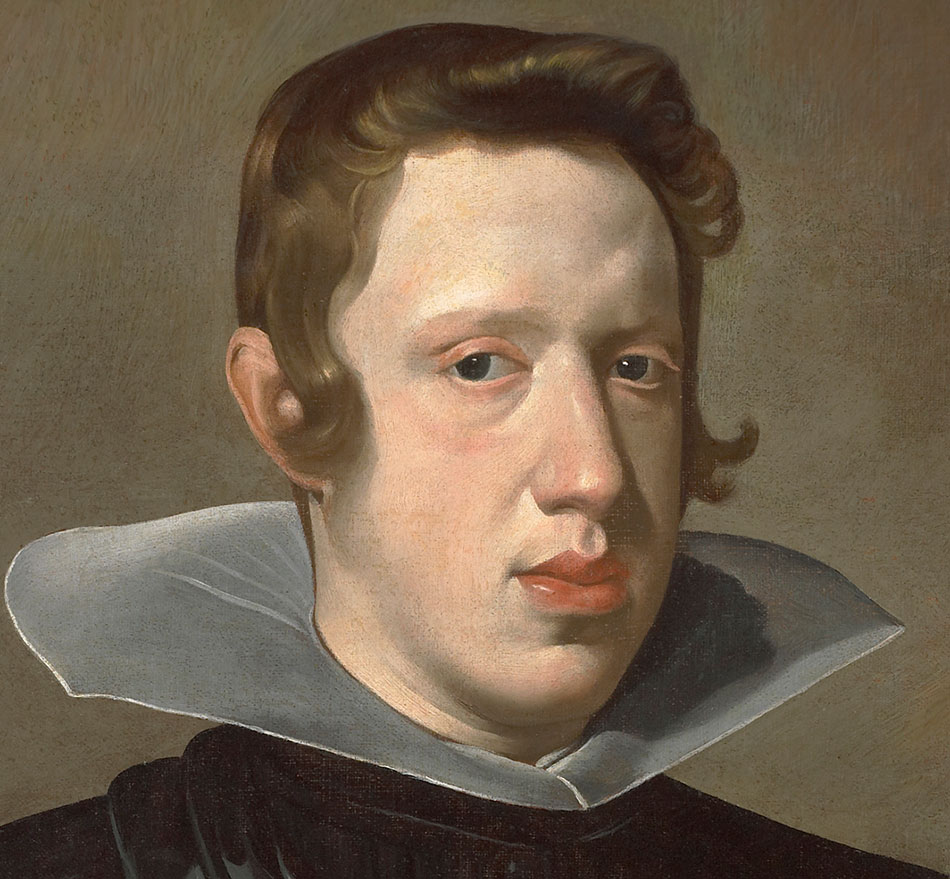
Diego Rodríguez de Silva y Velázquez
FEMALE FIGURE (SIBYL WITH TABULA RASA)
 Diego Rodríguez de Silva y Velázquez, (Spanish, 1599-1660), Female Figure (Sibyl with Tabula Rasa), c. 1648. Oil on canvas. Meadows Museum, SMU, Dallas. Algur H. Meadows Collection, MM.74.01. Photo by Michael Bodycomb.
Diego Rodríguez de Silva y Velázquez, (Spanish, 1599-1660), Female Figure (Sibyl with Tabula Rasa), c. 1648. Oil on canvas. Meadows Museum, SMU, Dallas. Algur H. Meadows Collection, MM.74.01. Photo by Michael Bodycomb.
Francisco de Zurbarán
THE MYSTIC MARRIAGE OF SAINT CATHERINE OF SIENA
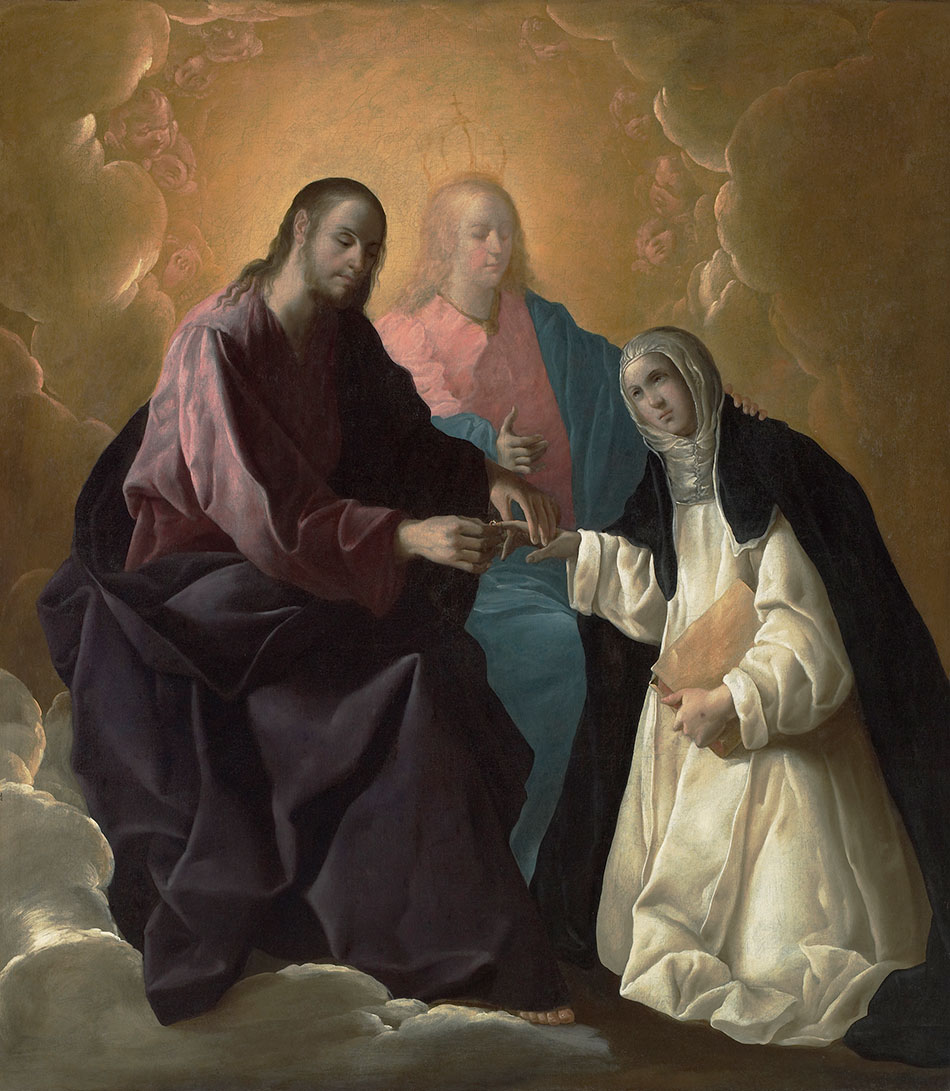 Francisco de Zurbarán (Spanish, 1598-1664), The Mystic Marriage of Saint Catherine of Siena, c. 1645. Oil on canvas. Meadows Museum, SMU, Dallas. Algur H. Meadows Collection, MM.67.14. Photo by Michael Bodycomb.
Francisco de Zurbarán (Spanish, 1598-1664), The Mystic Marriage of Saint Catherine of Siena, c. 1645. Oil on canvas. Meadows Museum, SMU, Dallas. Algur H. Meadows Collection, MM.67.14. Photo by Michael Bodycomb.
DETAIL OF THE MYSTIC MARRIAGE OF SAINT CATHERINE OF SIENA
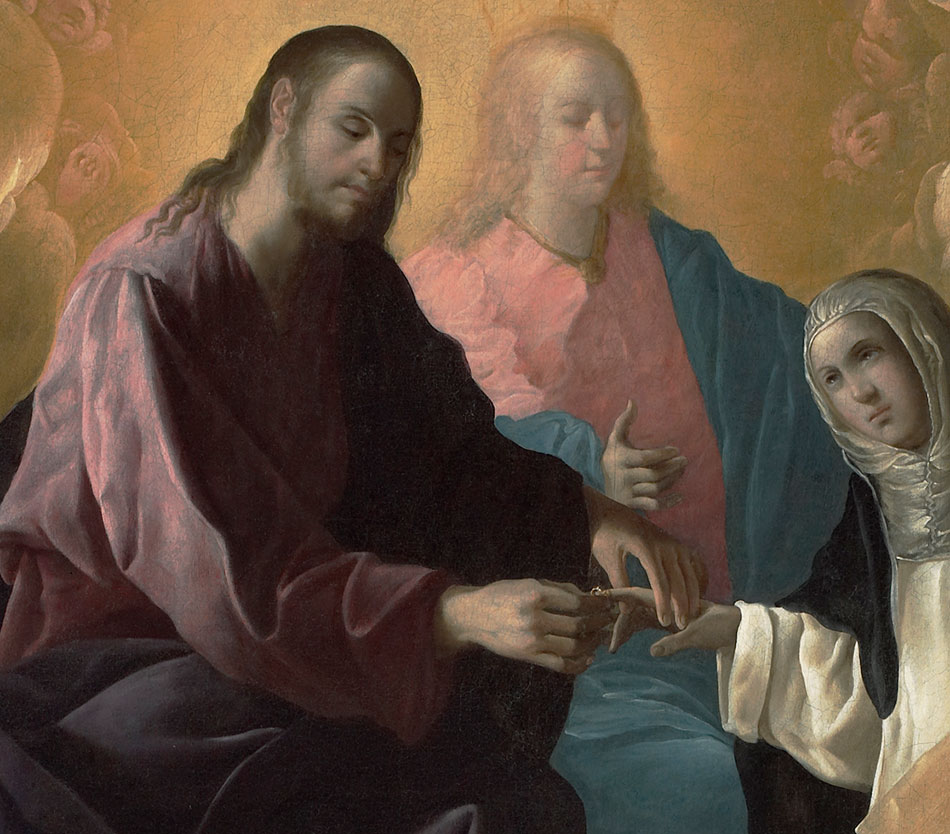
Juan de Sevilla
THE IMMACULATE CONCEPTION
 Juan de Sevilla (Spanish, 1643-1695), The Immaculate Conception, 1660-75. Oil on canvas. Meadows Museum, SMU, Dallas. Algur H. Meadows Collection, MM.67.13. Photo by Michael Bodycomb.
Juan de Sevilla (Spanish, 1643-1695), The Immaculate Conception, 1660-75. Oil on canvas. Meadows Museum, SMU, Dallas. Algur H. Meadows Collection, MM.67.13. Photo by Michael Bodycomb.
Antonio de Palomino y Velasco
THE IMMACULATE CONCEPTION
 Antonio de Palomino y Velasco (Spanish, 1655-1726), The Immaculate Conception, 1695-1720. Oil on canvas. Meadows Museum, SMU, Dallas. Museum Purchase, The Meadows Foundation Fund, MM.80.01. Photo by Michael Bodycomb.
Antonio de Palomino y Velasco (Spanish, 1655-1726), The Immaculate Conception, 1695-1720. Oil on canvas. Meadows Museum, SMU, Dallas. Museum Purchase, The Meadows Foundation Fund, MM.80.01. Photo by Michael Bodycomb.
Juan de Valdés Leal
THE ECSTACY OF SAINT FRANCIS
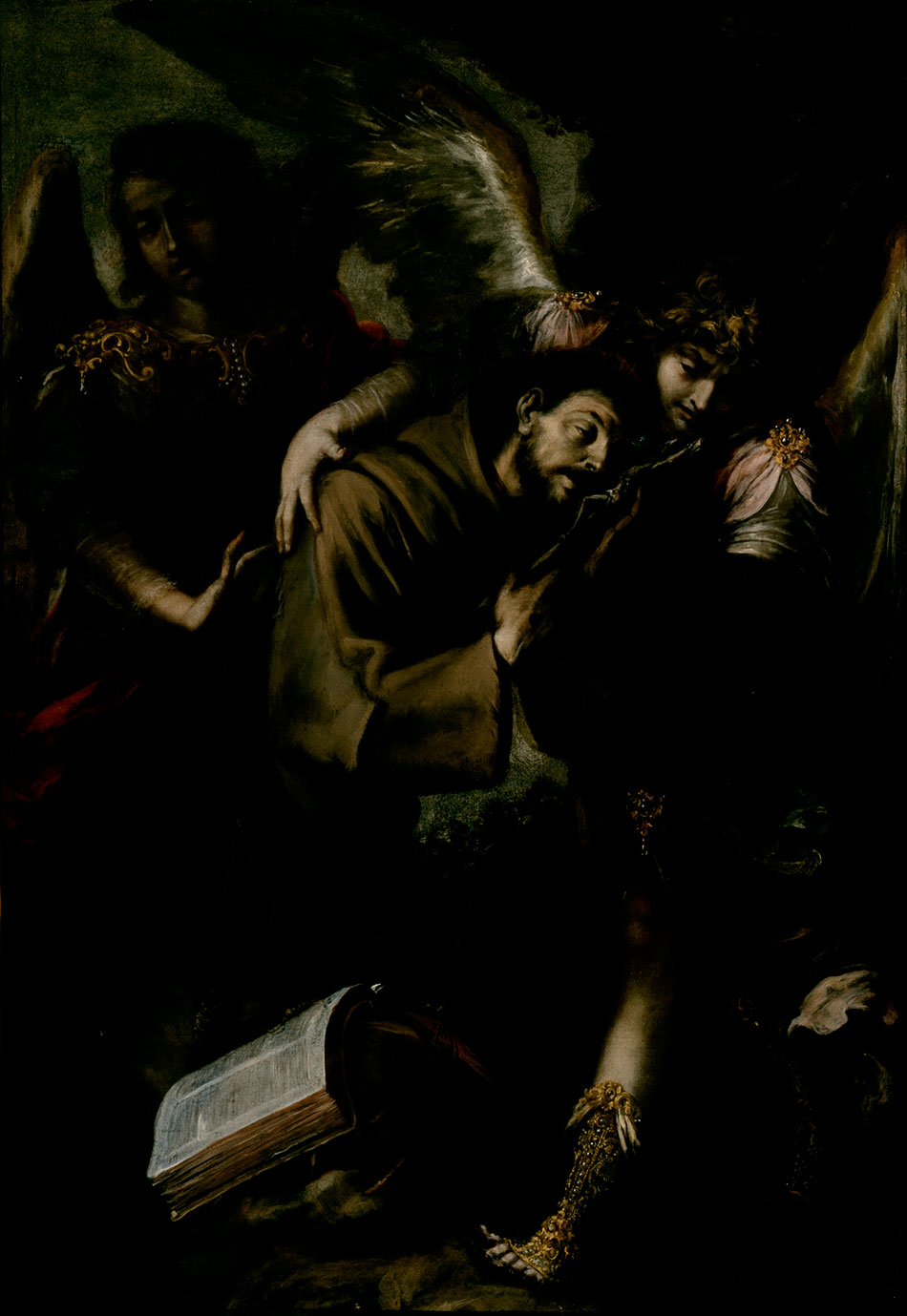 Juan de Valdés Leal (Spanish, 1622-1690), The Ecstacy of Saint Francis, n.d. Oil on canvas, 61.5 x 42 in. Santa Barbara Museum of Art. Bequest of Suzette Morton Davidson, 2002.31.
Juan de Valdés Leal (Spanish, 1622-1690), The Ecstacy of Saint Francis, n.d. Oil on canvas, 61.5 x 42 in. Santa Barbara Museum of Art. Bequest of Suzette Morton Davidson, 2002.31.
DETAIL OF THE ECSTACY OF SAINT FRANCIS
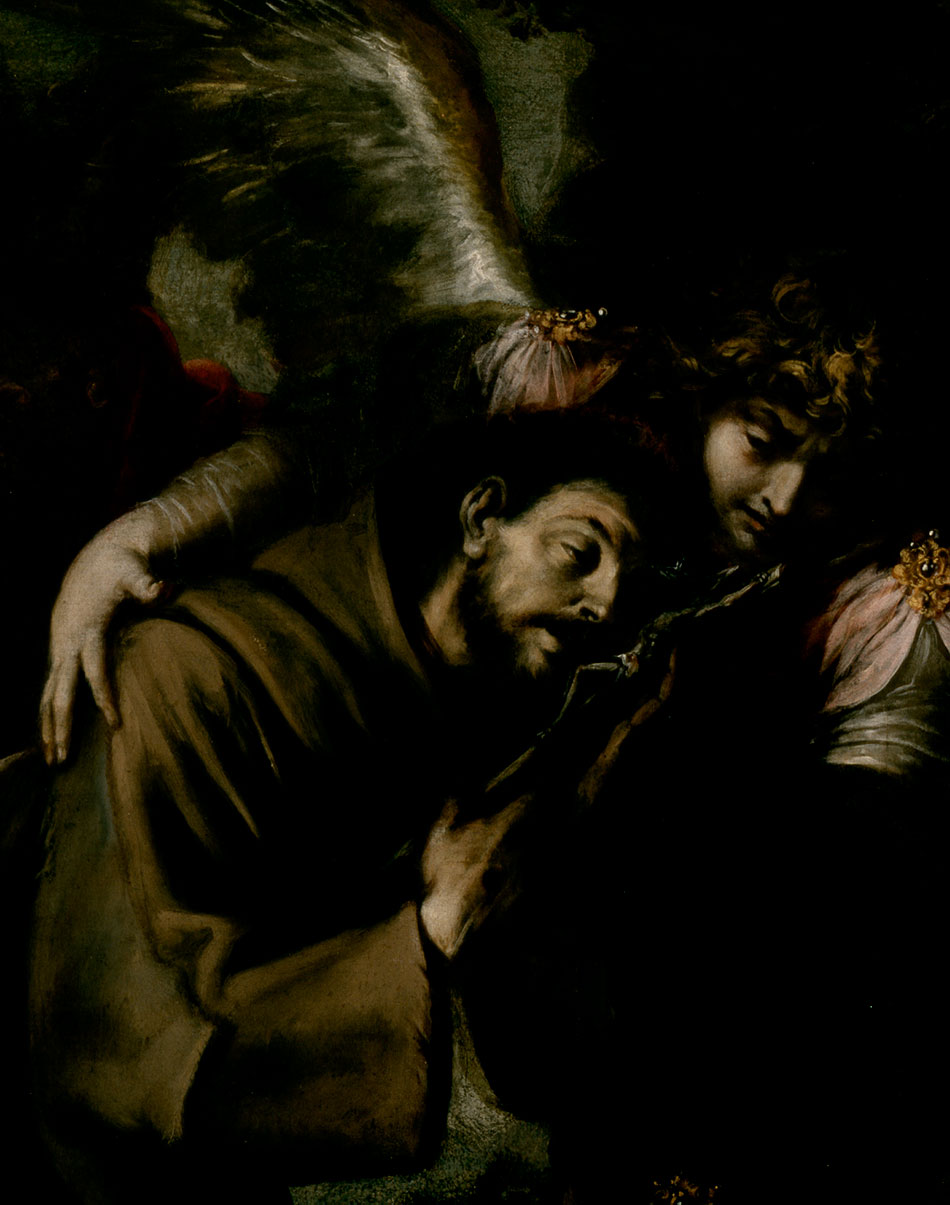
Juan de Valdés Leal
JOACHIM AND THE ANGEL
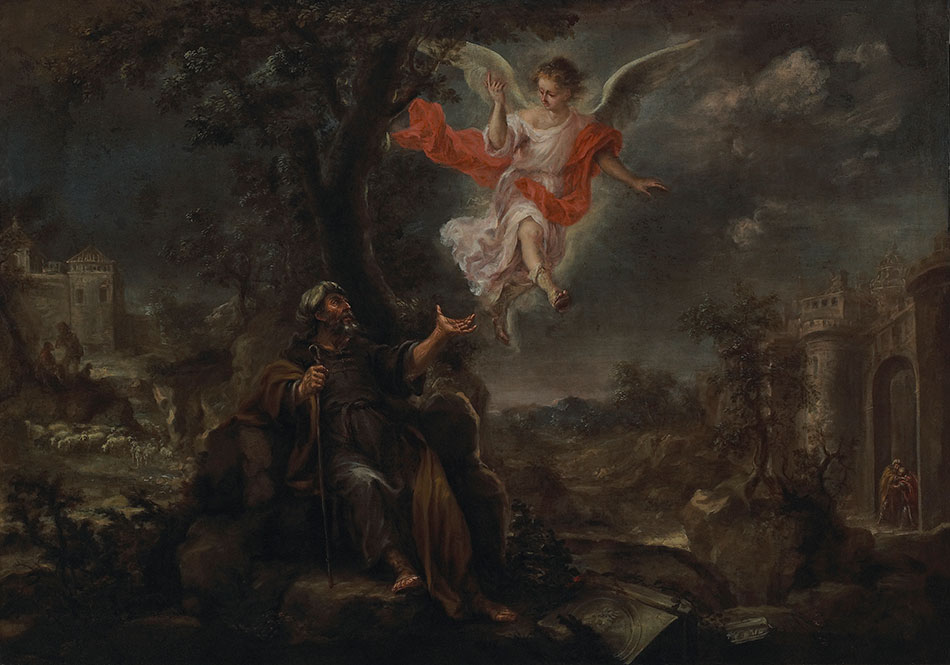 Juan de Valdés Leal (Spanish, 1622-1690), Joachim and the Angel, 1655-1660. Oil on canvas. Meadows Museum, SMU, Dallas. Museum Acquisition, by exchange, MM.86.04. Photo by Michael Bodycomb
Juan de Valdés Leal (Spanish, 1622-1690), Joachim and the Angel, 1655-1660. Oil on canvas. Meadows Museum, SMU, Dallas. Museum Acquisition, by exchange, MM.86.04. Photo by Michael Bodycomb
DETAIL OF JOACHIM AND THE ANGEL
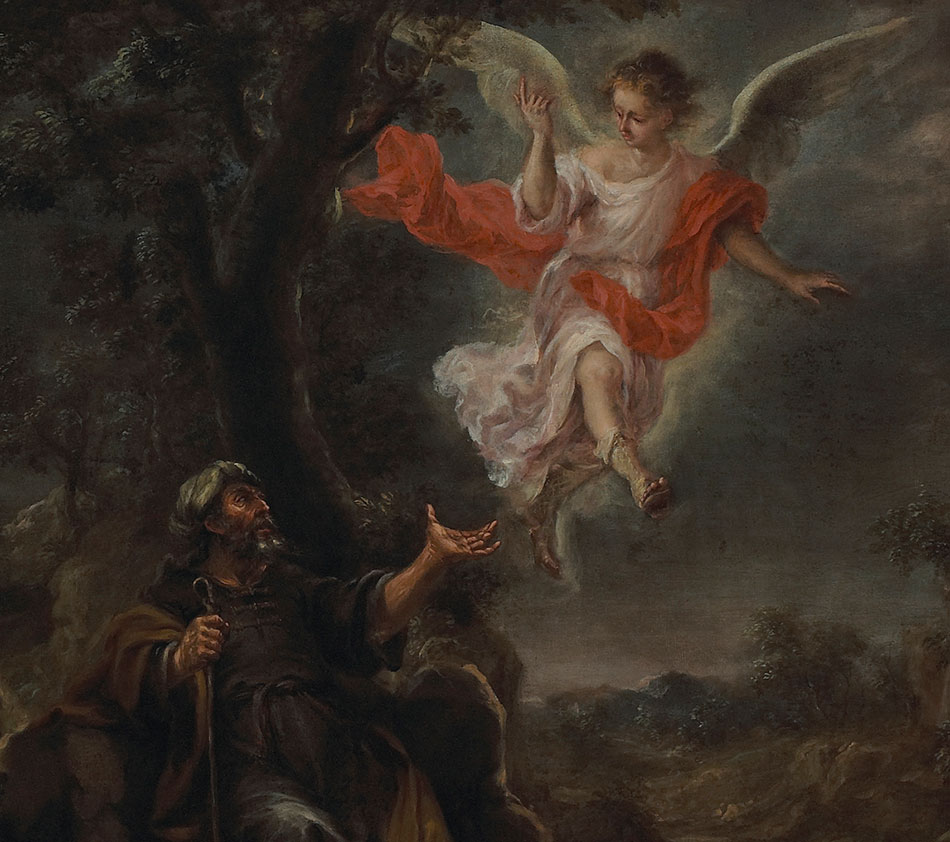
Anonymous Sevillian
STILL LIFE WITH RAM’S HEAD
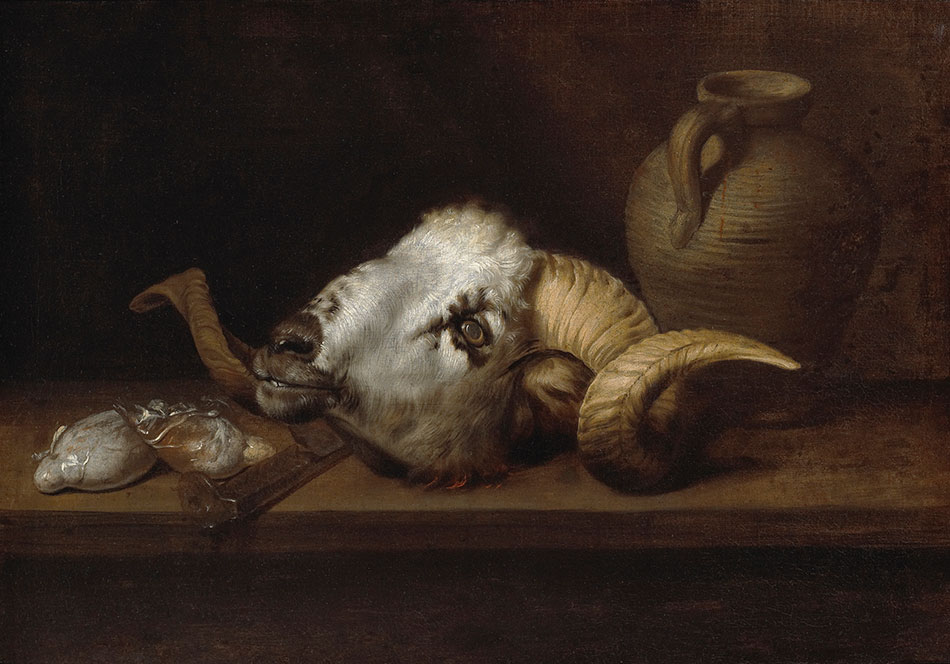 Anonymous Sevillian, Still Life with Ram’s Head, 17th century. Oil on canvas. Meadows Museum, SMU, Dallas. Algur H. Meadows Collection, MM.77.01. Photo by Michael Bodycomb
Anonymous Sevillian, Still Life with Ram’s Head, 17th century. Oil on canvas. Meadows Museum, SMU, Dallas. Algur H. Meadows Collection, MM.77.01. Photo by Michael Bodycomb
Juan Martínez Montañé
SAINT JOHN THE BAPTIST
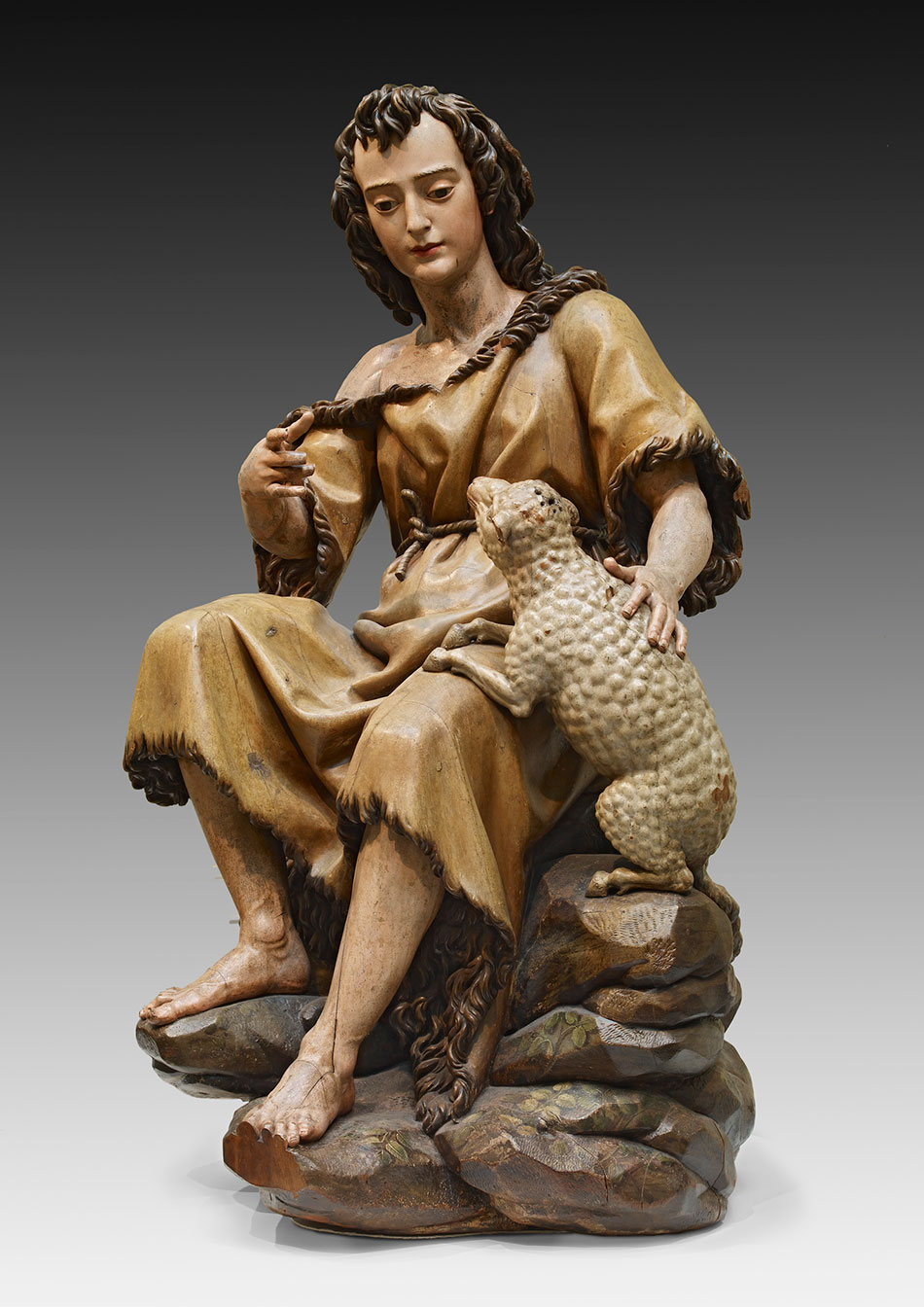 Juan Martínez Montañés (Spanish, 1568-1649), Saint John the Baptist, c. 1630-35. Polychromed wood. Meadows Museum, SMU, Dallas. Museum Purchase, Meadows Museum Acquisition Fund, MM.79.01. Photo by Michael Bodycomb.
Juan Martínez Montañés (Spanish, 1568-1649), Saint John the Baptist, c. 1630-35. Polychromed wood. Meadows Museum, SMU, Dallas. Museum Purchase, Meadows Museum Acquisition Fund, MM.79.01. Photo by Michael Bodycomb.
Texts by Julia Vazquez, Meadows/Kress/Prado curatorial fellow
Organizers: This exhibition has been organized by the Meadows Museum and funded by a generous gift from The Meadows Foundation.
MEADOWS MUSEUM
5900 Bishop Blvd., Dallas, TX Z75205 Tel: 214.768.2516
WEBSITE